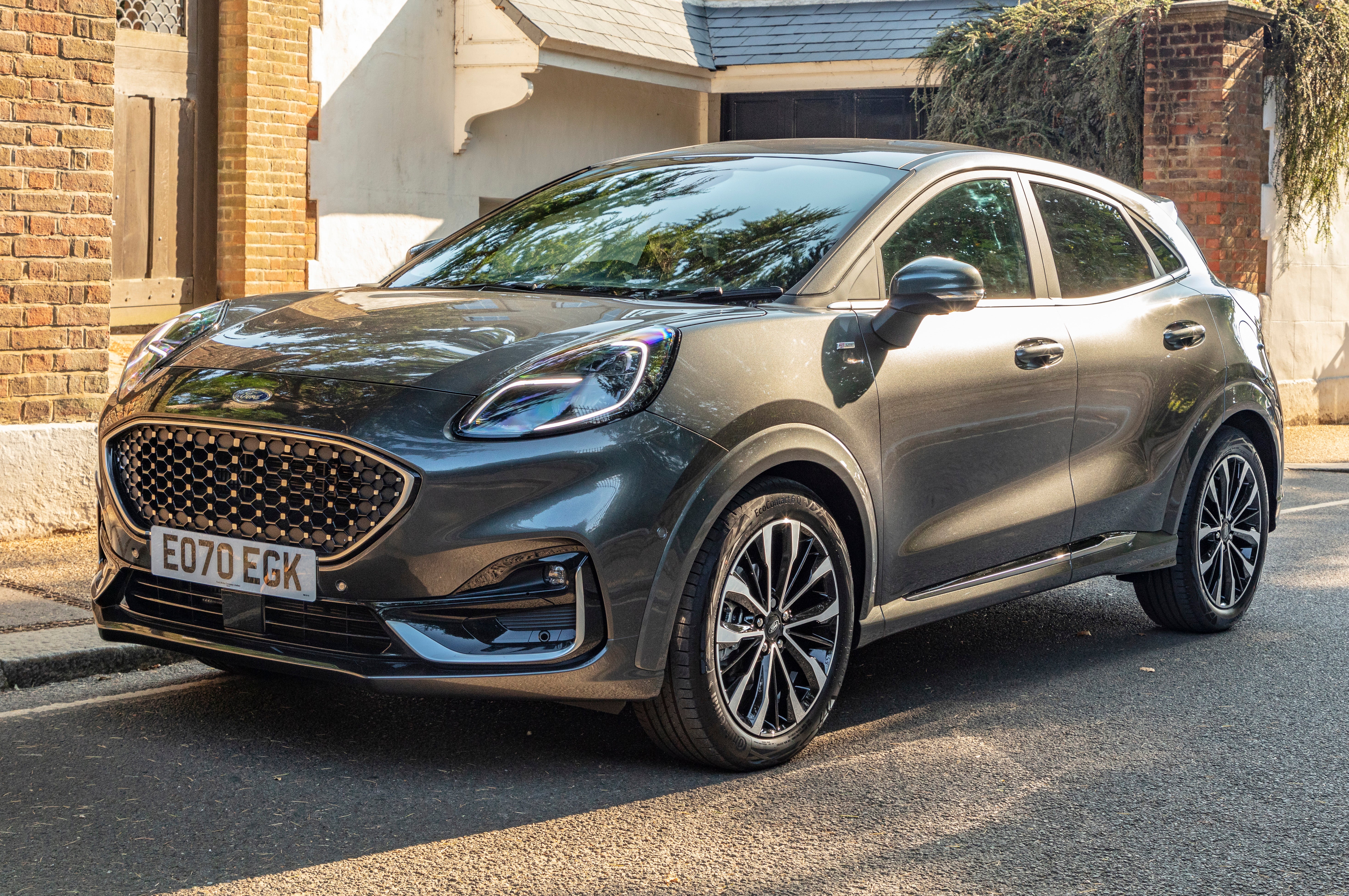
You’re driving along and a light flashes up on your dashboard. How serious is it? What do the dashboard warning lights really mean? We’re here to help you.
Switch on a car’s ignition and you can’t fail to notice orange and red lights decorating the instrument panel. By the time you’ve turned the key or pushed the start button, they will have gone out. Hopefully.
Modern cars are packed with electronics. One of the many benefits of this is the car knows what’s going on with itself – often faster than we do. It then tells us through its dash warning lights.
There are two types of warning light. Red lights mean there is a fault and you should stop driving immediately. Orange lights show something is wrong and you need to have a technician check it out pronto. Here is what the most important ones are trying to tell you.
1. Red brake warning light
First check that you haven’t got the parking brake pulled up ever so slightly. If not, stop your vehicle as soon as safely possible. This light comes on when there’s any fault with the brakes. It could be brake fluid level or the ABS anti-lock brake system.
2. Red engine oil light
Failing to stop as soon as you see this light could result in expensive engine damage. It comes on when the oil pressure is too low or the oil temperature too high. Either way, it can mean your engine isn’t getting enough lubrication to avoid serious harm.
The first thing to do is find the oil dipstick under the bonnet and check the oil level. If you need a hand, your user manual will be able to guide you.
3. Red engine coolant
This could indicate there isn’t enough coolant in the engine and that the engine is either overheating or about to do so. This may be the result of a leak in the system or it might indicate a much more serious failure inside the engine. It’s advised to pull over safely as soon as possible.
4. Red battery warning light
This light should go out within seconds of the engine starting. If it doesn’t, there’s a problem with how your car is charging its battery. The alternator which charges the battery may be faulty. Or the battery itself might have reached the end of its life.
Switch off all unnecessary electrics such as the sound system and air con and get it checked over by a technician.
5. Red power steering system
There might be something wrong with your car’s power steering system. You may not notice it at higher speeds, but some drivers might find it impossible to turn the wheel when going slower. If this is happening to you, you should get this checked out as soon as possible.
6. Red airbag warning light
Airbags are a vital part of your car’s safety system and you want to be sure that they are working for when you need them. If their warning light comes on, airbags may not work properly and may leave you not as well protected if you’re ever in a crash. It might also result in one going off randomly.
Obviously you don’t want either of these to happen so it’s best to get a technician to find out why the light has come on.
7. Red/orange steering lock
If the steering lock light glows orange it’s probably just reminding you that the steering is locked before the engine starts. But if you’re driving and it’s red, there’s a problem. This may prevent you from restarting the car if you stop. The easiest and safest thing to do is to get it checked out by a garage.
8. Orange engine management light
Is the engine light flashing or permanently switched on? Whichever it is, it’s a tricky fault to diagnose because it could be one of many.
There might be trouble with the engine’s computer, known as the ECU, or it could simply be a problem with a sensor somewhere around the engine.
You might notice that the engine lacks its normal power. Sometimes when the ECU detects a fault it puts the car into ‘safe’ or ‘limp home’ mode to protect vital parts from damage.
9. Orange Tyre Pressure Monitoring System
All new cars registered from 2012 must have a Tyre Pressure Monitoring System or TPMS. This requires setting up by the driver and records the air pressure in each tyre. With this tool the pressure can be read and reset whenever you need it. Most systems will only trigger if one tyre’s pressure is significantly lower than the others, but it’s handy to give you a good indication of the tyre’s status.
10. Orange Diesel Particulate Filter
All modern diesel engines have a particulate filter. This traps sooty exhaust emissions. But depending on how the car is driven, the filter can block up causing the light to come on. An extended drive may be all it takes to clean the filter and turn the light out. Check your vehicle’s user manual to see how you can do this.
Car deals
Whether you're looking for a great PCP deal or looking for a car on 0% finance, we've got the car deal for you
More car buying and owning guides
Everything you need to know about buying and owning a car from our experts




